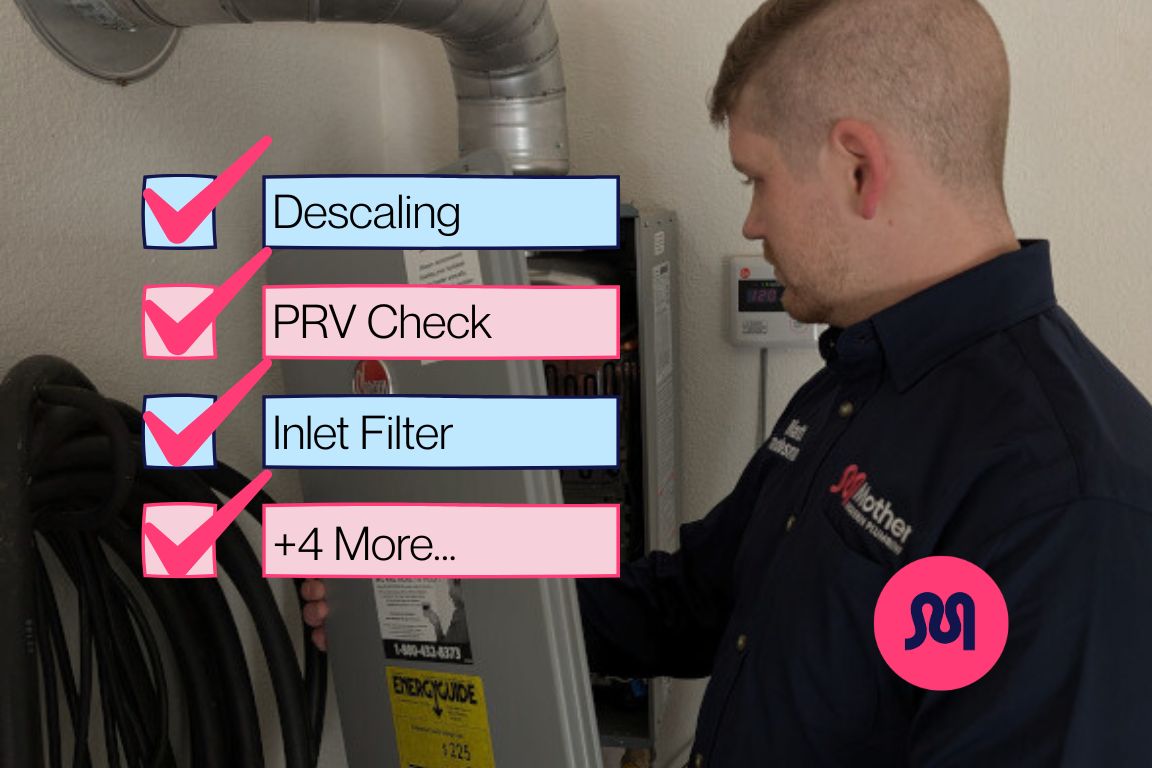Fast Plumbing Answers: Damp Crack in Your Wall?
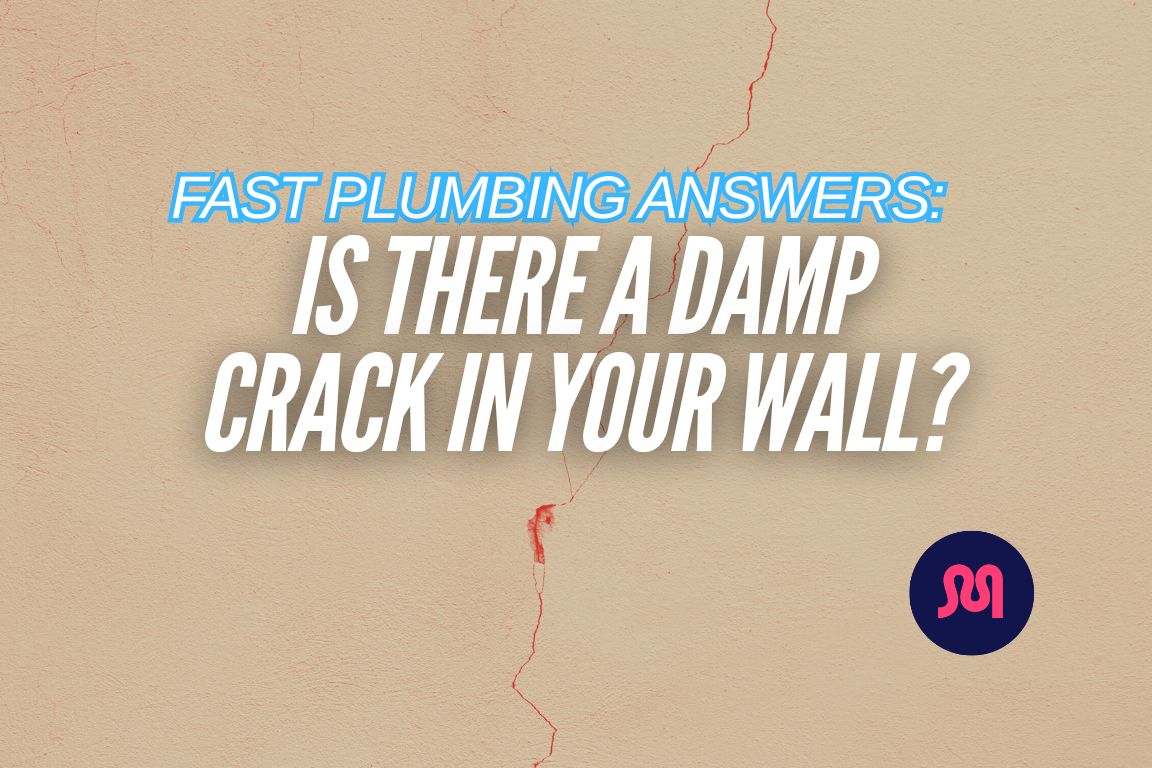
table of contents
table of contents
There’s a troubling damp crack in the wall near your kitchen sink, or next to the shower near the floor. When you called your plumbers, they mentioned a potential underground leak. Is it really a leak under your foundation? And how can you tell which pipe is damaged without ripping up your backyard?
Don’t worry- we’ll answer all your questions in 2 minutes or less.
We’re Mother, a Dallas-Fort Worth plumbing company that provides dependable, hassle-free modern plumbing for homeowners who value quality. Call us 7 days a week for non-invasive slab leak detection services and insightful repair solutions that last.
{{slab-leak-repair="/services/slab-leak-repair"}}
Damp Cracks in Your Walls: The Most Common Answer
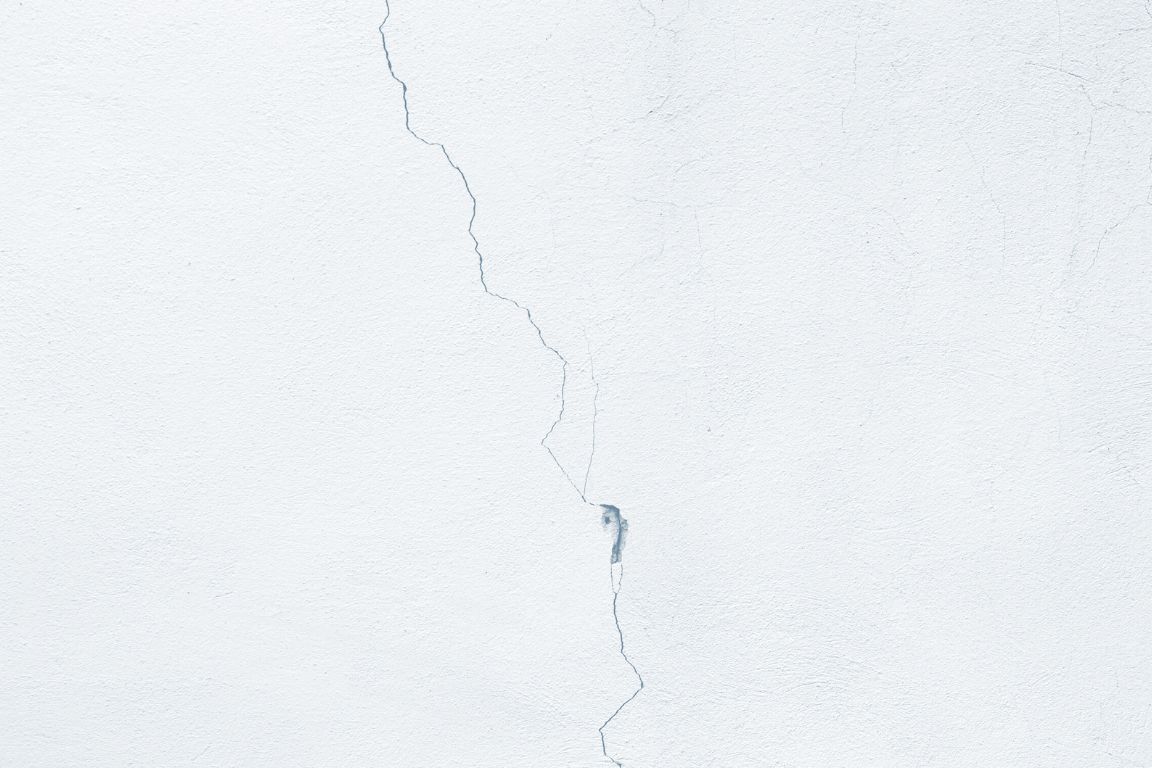
If you notice damp cracks in the walls of your home- especially near the floor- our Master Plumber Dillon Ashton knows the most likely reason why.
“It sounds like you’re dealing with a foundation issue,” Dillon says. “This is commonly caused by a leak in the pipes underneath your foundation.”
When leaks form in the pipes under your foundation, this causes the dirt to be constantly wet. This moist environment causes the ground to shift- the primary reason small, wet cracks are forming in your walls near the slab.
Now that you know the most common cause of damp cracks in your walls, let’s talk about how to solve the issue.
Step 1: Determine if It’s a Sewer Leak or Freshwater Leak
It’s important to figure out whether you’re dealing with a sewer leak or freshwater leak underneath your slab.
Sewer pipe leaks cause a host of health-related problems, like slow drains, a foul smell in your home and backyard, and even raw sewage backup into your house.
Freshwater pipe leaks reduce the water pressure in your home, increase your monthly water bills and allow soil to infiltrate your potable water supply.
The solution: schedule a hydrostatic test
“Performing a hydrostatic test gives you a clear indication of whether you have a leak, and where it is,” Dillon explains.
While hydrostatic tests are more commonly utilized in sewer line leak detection, they’re also effective in identifying water line leaks.
The name is the test itself- “hydro” means water, and “static” is the kind of pressure the system holds. Plumbers plug your main sewer line then fill it with water to see if the water level holds steady.
If the water level drops, it indicates a leak somewhere in the line. This process is non-invasive and doesn’t use high pressure, making it safe for older plumbing systems.
How hydrostatic testing works
Here’s what to expect when you call Mother for hydrostatic testing service in Dallas:
- Isolate the System: Plug the pipes to isolate the area being tested. Typically at the cleanout
- Fill with Water: Add water until the system reaches slab level.
- Monitor for Leaks: Check the water level over a set period to see if it drops.
- Evaluate Results: Identify and address any leaks or weak points found.
Step 2: Pinpoint the Leak’s Precise Location
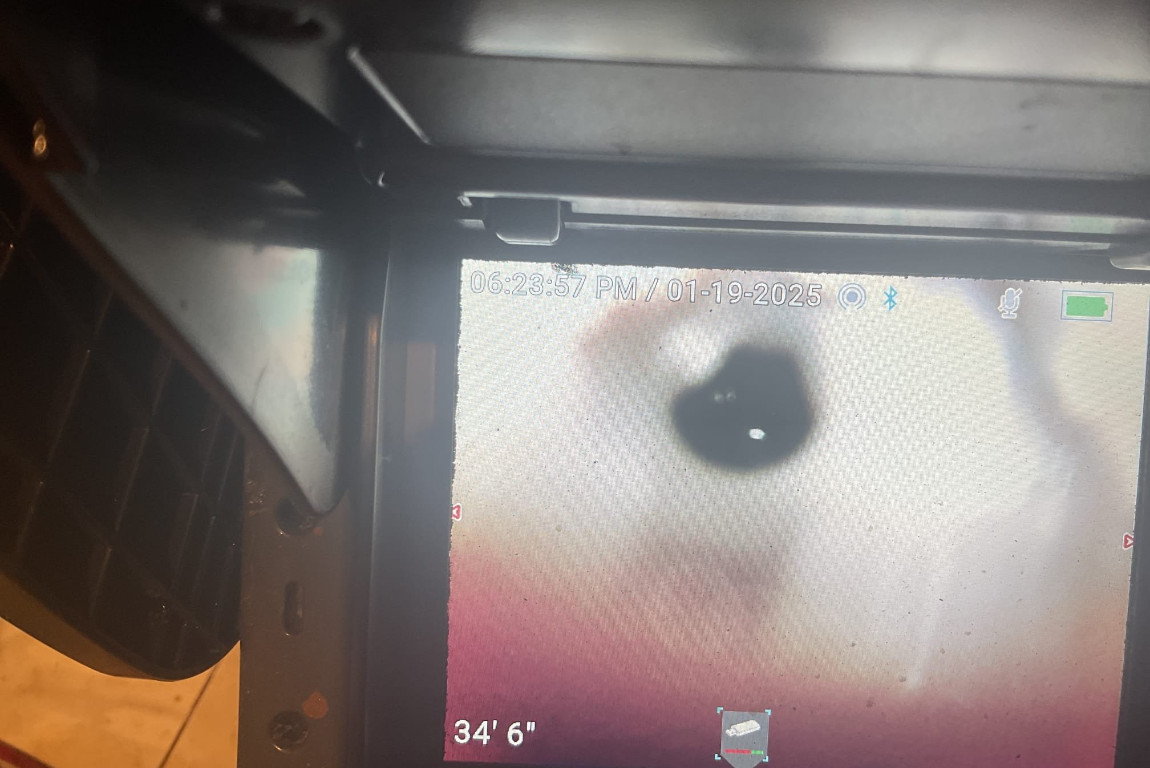
You’ve identified a leak within your sewer line or water pipes. Now, you need to find its exact location- but you don’t want to tear up your backyard to do it.
Ask your plumber about non-invasive slab leak detection services. Here are your best options for fast, accurate detection of sewer leaks and freshwater leaks.
The right leak detection method for your leak
If you have a sewer pipe leak: choose a sewer line camera inspection.
A small high-quality camera is attached to a flexible cable and lowered into your sewer line, usually through your sewer line cleanout. This allows a non-invasive, real-time look inside your pipes without any digging or excavation.
{{the-best-local-sewer-line-camera-inspection="/blogs/the-best-local-sewer-line-camera-inspection"}}
If you have a freshwater pipe leak: choose acoustic leak detection.
When water escapes your main water line or branch line pipes, it creates a high-frequency sound. Our acoustic leak detection equipment detects these frequencies with extremely sensitive microphones.
Think of acoustic leak detection equipment like sonar for your backyard- we use sound waves to pinpoint the precise location of your freshwater leak.
Solution #1: If You Found Your Slab Leak!
We successfully used hydrostatic testing and advanced leak detection equipment to determine the precise cause and location of the leak causing damp cracks in your walls. Great news!
This allows your plumber to present informed plumbing solutions tailored specifically to your home’s needs. These solutions are based on 4 key criteria:
- Is it a freshwater or sewer line leak? Your underground leak repair options are driven by which pipe is broken- especially when you’re working near a slab foundation.
- How extensive is the damage? If your damaged pipe section is under 10 feet, spot repairs are a great option. Between 10-50 feet, partial replacement is the best choice. Anything over 50 feet, choose between full replacement or pipe rerouting.
- Is the leak easily accessible? If your slab leak is in a hard to reach area, or requires cutting into your foundation, you may opt for pipe rerouting service. This abandons the old broken pipe, and lays a new pipe in a more optimal location for future repairs.
- How old are your existing pipes? If your pipes are 50+ years old, it may be time to consider a full repipe or replacement of your damaged line.
At Mother Modern Plumbing, we believe in transparent consumer education - we want you to know everything we know. If you’re considering sewer line or water line replacement near your slab foundation, we’ll help you weigh all potential service options.
Take control of your slab leak repair project! Compare your 4 service options by price and complexity in our updated guide.
{{choose-the-best-dallas-slab-leak-repair-option-for-you="/blogs/choose-the-best-dallas-slab-leak-repair-option-for-you"}}
Solution #2: If You Didn’t Locate a Slab Leak
Unable to find a leaky pipe near your slab? This is actually really good news- you’ll likely avoid slab leak repair and remediation entirely!
“If the initial hydrostatic test passes, there isn’t a leak below your slab,” Dillon explains. “Then, we should test your plumbing above the slab to check for any venting issues.”
In some cases, damp cracks in your walls are caused by blocked plumbing vents. A blockage prohibits proper airflow into your plumbing system, which creates negative pressure. This negative pressure leads to slow drains, gurgling sinks and toilets, and hairline cracks in the walls near your pipes.
Call Mother for Fast Slab Leak Detection in Dallas, TX
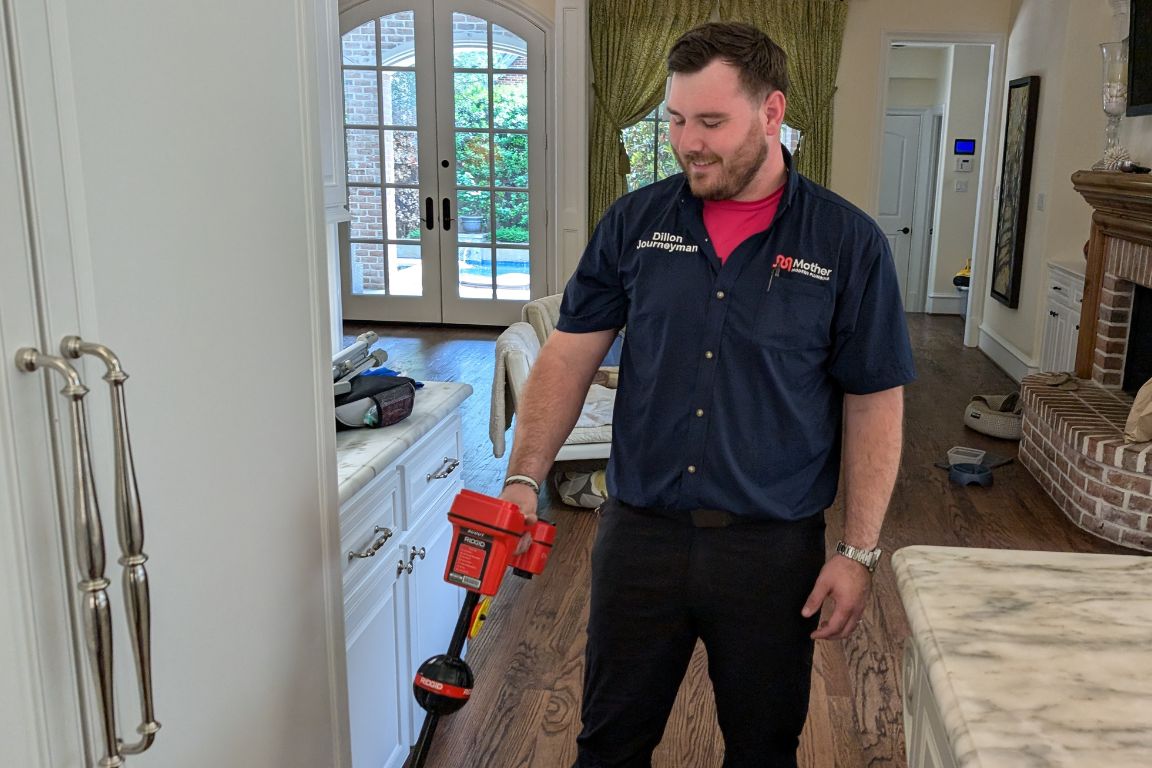
A damp crack in the wall usually signifies a leak near your foundation. Take quick action to identify the source of your leak with pinpoint accuracy- a hydrostatic test indicates whether it’s a freshwater or sewer line leak.
If the hydrostatic test fails, ask your plumber for advanced leak location options like sewer line camera or acoustic leak detection to find the problem with pinpoint accuracy.
If the hydrostatic test passes, you likely dodged a slab leak repair bullet. Ask your plumber to check your above-ground plumbing system for blocked vents.
If you’re a Dallas homeowner experiencing these issues, reach out ASAP. Call Mother 7 days a week and stop that small, damp crack before it becomes a massive slab leak repair project.
{{slab-leak-repair="/services/slab-leak-repair"}}
Common Q’s about Water Leaks
How common are slab leaks?
It depends where you live. In most parts of America, slab leaks occur about once every 30 years. Dallas homes average one slab leak roughly every 15 years.
What if my slab leak is in an inaccessible location?
For pipe leaks and damage that's extremely hard to reach (i.e. under your slab), pipe rerouting is the best alternative. Your plumber establishes a unique path for your new sewer line, then disconnects the damaged pipe section and seals it at both ends to prevent further leaks.
Are slab leaks covered by homeowner’s insurance?
Homeowner's insurance companies don't love to cover leaks in or near your home's foundation. If you want your slab leak repair covered, you need to follow a precise set of steps to improve your odds of coverage.
Follow these 4 steps in order to increase the chances your slab leak is covered by insurance:
- Immediately contact your insurance provider in the event of a freshwater leak.
- Hire a master plumber for 2 key tests: water pressure testing and hydrostatic testing.
- Consult a structural engineer before and after plumbing repairs.
- File all necessary paperwork to your homeowner’s insurance.
What is the top warning sign of a slab leak?
If your water meter moves after you turn off the water supply, you likely have a slab leak. Other notable symptoms include an increase in your water bill, warm or cold spots in your flooring, and the sound of running water with no taps on.
How do you locate a water leak under your slab?
The 2 best ways to locate a water leak under your concrete slab are acoustic leak detection and video camera inspection.
Acoustic detection uses sound to identify leak location. A camera inspection is needed if hydrostatic testing fails, or if acoustic detection is inconclusive.



